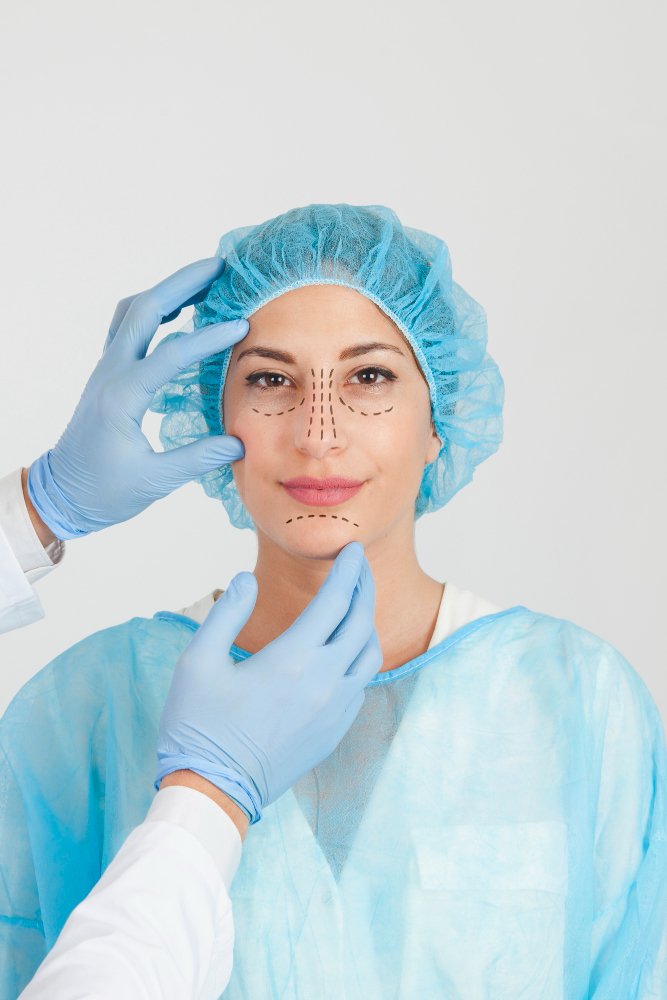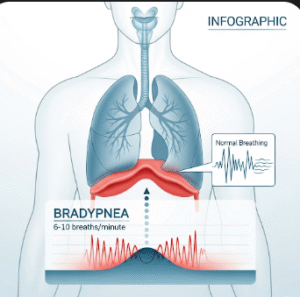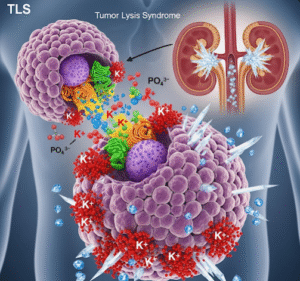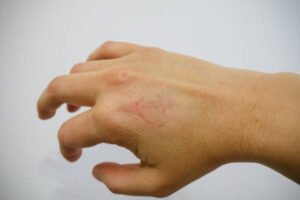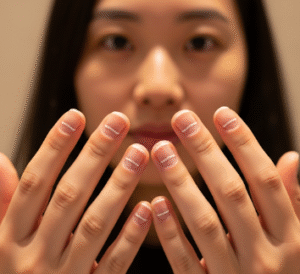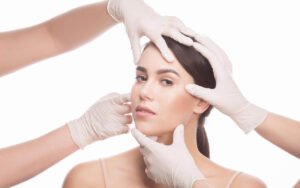What It Is
A “long nose” refers to a nasal shape where the tip droops downward or the overall length of the nose makes the face look elongated. This is often caused by overly long nasal cartilage, septal overgrowth, or weakened nasal tip support. Long nose correction surgery shortens the nose and lifts the tip, restoring facial balance, harmony, and a youthful appearance.
In Korea, long nose surgery is performed by specialized rhinoplasty surgeons who use advanced techniques to refine nasal shape while maintaining or improving breathing function.
Why It’s Done
Patients seek long nose correction to:
- Shorten a nose that dominates the face
- Correct a droopy or hooked nasal tip
- Improve facial proportions for a more youthful, balanced look
- Resolve breathing difficulties if related to septal deviation or structural issues
Alternatives
Non-surgical alternatives may provide temporary improvement but cannot shorten the nose structurally:
- Dermal fillers: Subtly lift the nasal tip for a short-term effect (6–12 months)
- Botox injections: Relax muscles that pull the nasal tip downward, useful when smiling
- Makeup contouring: Visual improvement but no physical correction
For lasting results, surgical correction is the definitive option.
Preparation
Preparation for long nose surgery in Korea includes:
- Consultation: 3D imaging and facial analysis to plan ideal proportions
- Medical evaluation: Blood tests and anesthesia clearance
- Lifestyle adjustments: Avoiding smoking and alcohol for 2–4 weeks before surgery
- Medication review: Stopping blood thinners or supplements that increase bleeding
- Treatment plan: Deciding whether to combine with tip plasty, hump reduction, or septoplasty
How It’s Done
Long nose correction is usually performed under general anesthesia and takes 2–4 hours.
- An incision is made inside the nostrils or across the columella (open rhinoplasty)
- The septum and lower cartilages are reshaped or shortened
- Cartilage grafts (from septum, ear, or rib) may be used to support and lift the nasal tip
- Excess cartilage or bone causing drooping is trimmed
- Sutures are placed to stabilize the new, balanced nose structure
Recovery
- First week: Swelling, bruising, and nasal congestion are common; a splint is usually worn
- Stitch and splint removal: Around 5–7 days
- Daily activities: Most patients return to light activities in 1–2 weeks
- Final results: Swelling continues to improve for several months, with full results in 6–12 months
Possible Complications
As with all rhinoplasty procedures, risks include:
- Infection or bleeding
- Persistent swelling or asymmetry
- Stiffness or irregularity at the nasal tip
- Breathing difficulties if support is compromised
- Rare need for revision surgery
Treatment Options in Korea
Diagnosis
- Detailed consultation with 3D imaging
- Assessment of both nasal shape and breathing function
Medical Treatments
- Pain medication, antibiotics, and nasal sprays after surgery
- Scar ointments (if an open rhinoplasty incision is used)
Surgical or Advanced Therapies
- Tip plasty: Elevates and refines the nasal tip
- Septal modification: Shortens and reshapes the nasal septum
- Cartilage grafting: Supports and stabilizes the nose after correction
- Combination rhinoplasty: Long nose correction often performed with dorsal hump reduction or alar refinement for full harmony
Rehabilitation and Support
- Scar management (incisions are small and usually hidden)
- Long-term follow-up to monitor both appearance and breathing
- International patient services including translation, hospital coordination, and virtual aftercare

